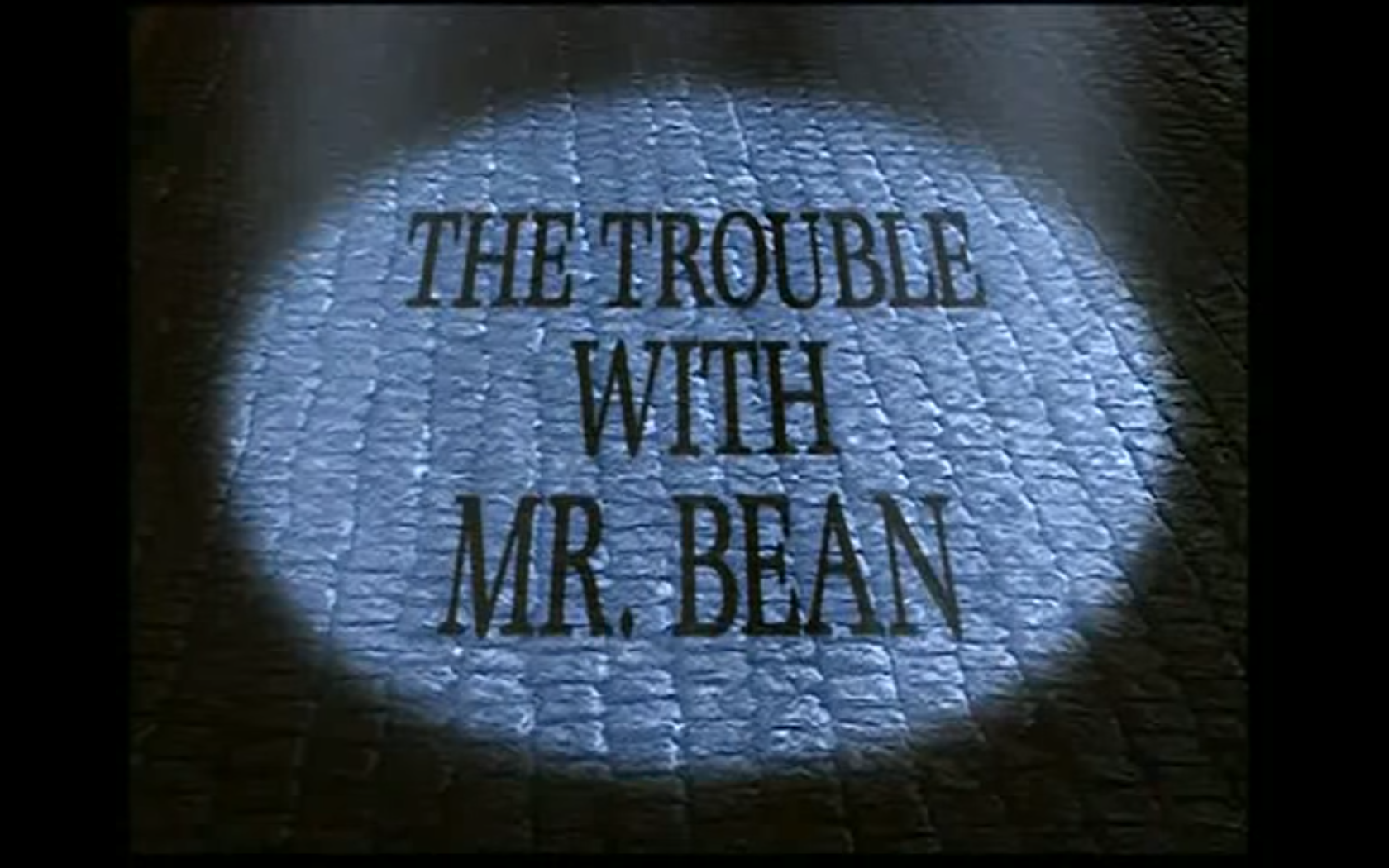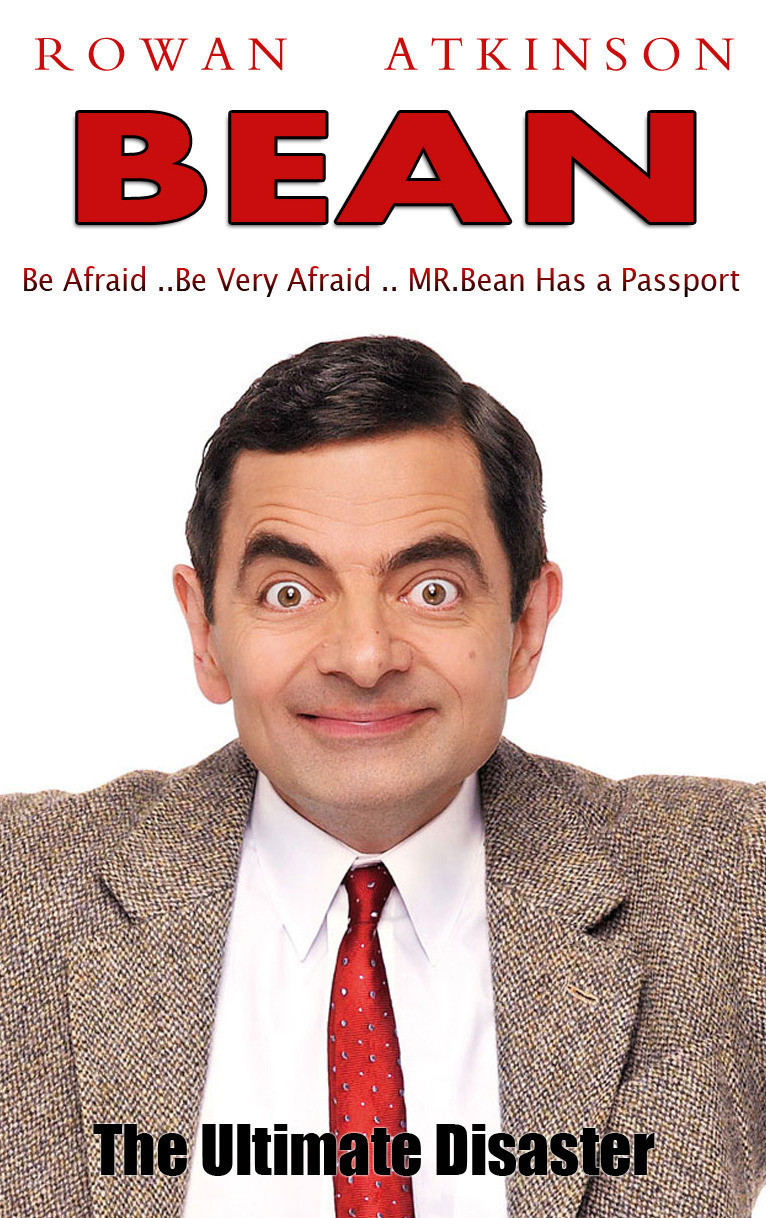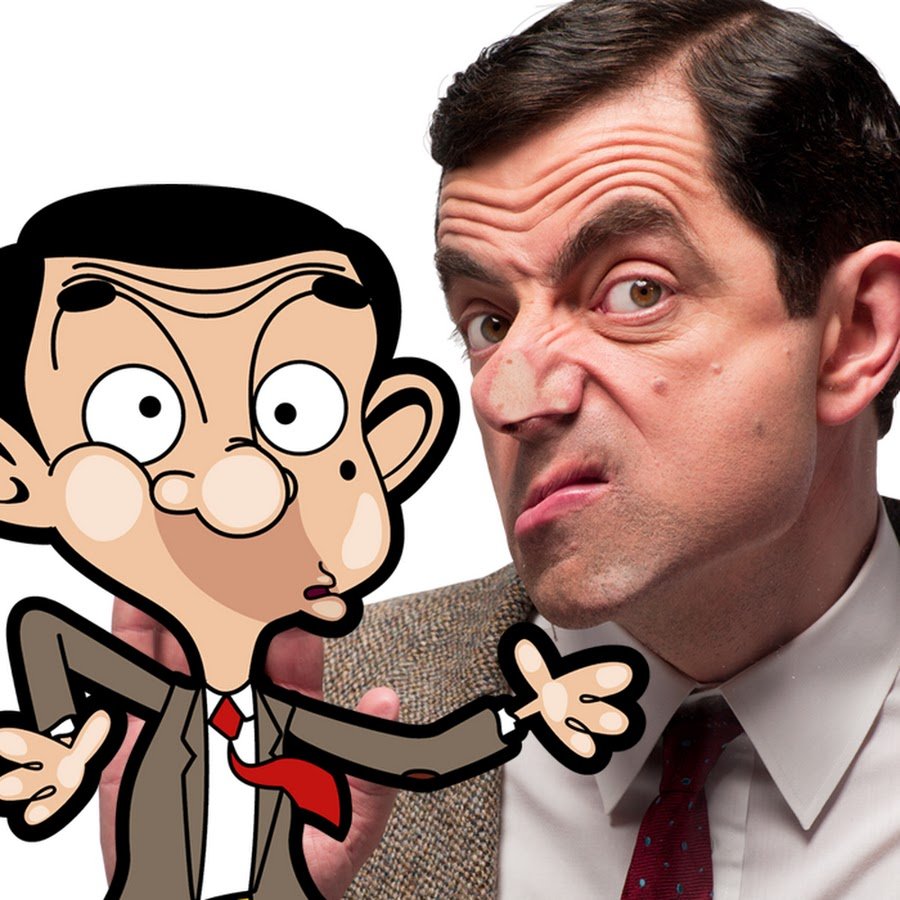

US TV producers followed suit, but by the 90’s showed some resistance. Other countries, most notably Mexico and Canada, resisted the canned laughs though Canadian shows such as Maniac Mansion and The Hilarious House of Frightenstein added them in when they were sold to US broadcasters. The political satire show Splitting Image filmed its first episode with a studio audience at the insistence of broadcaster ITV, then ditched it too. (They’re called reidores, or ‘laughers’.) But in the 1980s, the laugh track’s hold on UK comedies began to falter, following The Hitchhiker’s Guide to the Galaxy’s abandonment of the device. Some Latin American countries found their own way to fill the background silence, employing live audience members hired explicitly to laugh at certain moments. Much of the rest of the world followed UK and US shows’ lead, employing canned laughter for sitcoms throughout most of the 20th Century. Laugh-punctuated sitcoms continued to flourish throughout the next decade, with tracks showing up on some of the best comedies of all time on both sides of the pond, from Cheersand Blackadderto Frasier and Mr Bean. But he didn’t prevail over CBS executives, which insisted on one (though Gelbart and co-producer Gene Reynolds had the option to skip it during medical scenes). Larry Gelbart, co-creator of the war comedy M*A*S*H, wanted his show to air without laughs – “just like the actual Korean War,” he cracked. The Muppet Show, subsequently, became perhaps the first to use a laugh track to semi-artistic effect in the 1970s, simulating an audience for its puppets, who were indeed ‘playing’ the stars of their own variety show.Įven as comedy in the US grew more sophisticated throughout the 1970s, with shows such as All in the Family and The Mary Tyler Moore Show tackling major issues of the day, the laugh track remained. Even 1960s cartoons such as The Flintstonesand The Jetsons used laugh tracks, though the device made no intuitive sense in that setting – no sane viewer suffered the illusion that a human audience was had watched these animated characters. Douglass and his “laff box” continued to dominate throughout the next decade on shows such as Bewitched, I Dream of Jeannie, and The Andy Griffith Show. Test audiences reacted better to the version with the, dooming viewers at home to many more years of recorded laughter. The show was shot with a single camera – in other words, with no studio audience – but the network, nervous about the format, tested two versions: one with canned laughter and one without. US audiences’ first chance to escape the laugh track had come earlier in 1965, with the CBS comedy Hogan’s Heroes alas, they could not shake the dreaded technology.
Mr. bean sitcom full#
With this production, the couple invented the ‘multi-camera’ filming technique: they used several cameras to capture several angles at once on a soundstage, complete with a live audience full of real laughter – not one of Douglass’ derided tracks. Lucille Ball and Desi Arnaz changed things when they revolutionised the sitcom in the 1950s withI Love Lucy. TV comedies adopted canned laughter to ease their viewers into a new kind of entertainment, even for shows that were filmed without live audiences. When Douglass first ‘invented’ the laugh track in 1950, it was intended to help the audience watch, understand and feel comfortable with a relatively new medium. What was once an essential element of the sitcom is now seen as the marker of an unsophisticated show for the masses, not something the cool kids would watch.
Mr. bean sitcom series#
(CBS has built its brand on throwback, middle-of-the-road hits like The Big Bang Theory.) Perhaps even more tellingly, none of the seven Emmy nominees for outstanding comedy series use laugh tracks. Among the seven new half-hour comedies screening on US broadcast networks this autumn, only three – The Great Indoors, Kevin Can Wait, and Man With a Plan, all on CBS – employ laugh tracks. Where we once valued joining the masses, now we enjoy bragging about our singular love of Bojack Horseman’s black comedy. Where we once valued guffaw-inducing hijinks, we now value the so-horrifying-they’re-funny plotlines of Orange Is the New Black. That’s partly because our attitude toward TV comedy – and artifice – has changed.



In the five intervening decades, however, the laugh track has gone from ubiquitous to a laughingstock in itself.


 0 kommentar(er)
0 kommentar(er)
